*
A closer look at Petrie's data indicates that Giza builders were capable of carrying out the original plans with simply astounding accuracy. Therefore, our reconstruction should be really close to duplicating Petrie's specs - the closer, the better. Somewhat miraculously, my personal attempt at the reconstruction happens to duplicate Petrie's data perfectly - after the distances are rounded, like Petrie's, to the nearest tenth of an inch.
A skeptic will object that it still remains but a theory, and the actual dimensions and distances could be different. The only valid proof would be in seeing either the original plans, or detailed references to those.
Such requirements are actually addressed by the present study, as comprehensive detailed references are in fact provided.
My original inspiration came from two prehistoric works - the Athena-engraving and the Nazca Monkey glyph. The two masterpieces practically take turns in telling one and the same story. They are not free-hand art but rather elegant designs evolved from a single 5-pointed star - the 'Mother Star'.
A particular method of drawing 5-pointed stars is given special attention in both. This was the method I had chosen to be the experimental platform for the Giza reconstruction, and it worked.
Cross Referencing
Simultaneous exposure to the engraving and the monkey has greatly advanced my progress in the study of each. Some ideas they have in common are more apparent in one than in the other; and so without cross-referencing they could be lost to me.
Is Giza directly tied to La Marche and Nazca just because my Giza reconstruction was inspired by the two prehistoric works? Well, no. For a conclusive proof that the Giza plan forms a trilogy with Athena and the monkey, it has to do what they do - have a clear presence in the other works and be of assistance in understanding them.
As the subject of the monkey & Giza plan was treated in Testing the Nazca Monkey for Connections to the Great Pyramid , in this article we focus on the relationship between Athena and the Giza plan.
Testing Method
Our method remains the same as before: The works are merged into one.
This is done by first superposing them so that their mother-stars have the same point of origin and direction.
Then they are scaled until the stars become a single star.
Athena's Mother-star
Here, the star is shown with some golden rectangles derived from it (marked by small circles), and a corresponding square. The explanation for the star's position is given in the first chapter.

the Mother-star of the three great pyramids of Giza
Here, the same star is shown with the three pyramids derived from it.

Nazca-monkey's Mother-star
The purple star is the monkey's mother-star.

Pyramids Over the Engraving
Prior to this test, I wasn't too optimistic about its outcome. After all, I have not noticed anything resembling the Giza plan in these works before. However, at the first sight of the pyramids over the engraving it is apparent that something special is going on. Above all, the Great Pyramid establishes obvious relations to Athena's head. In fact, the Great Pyramid will turn out to be the most influential factor in Athena's head structure.
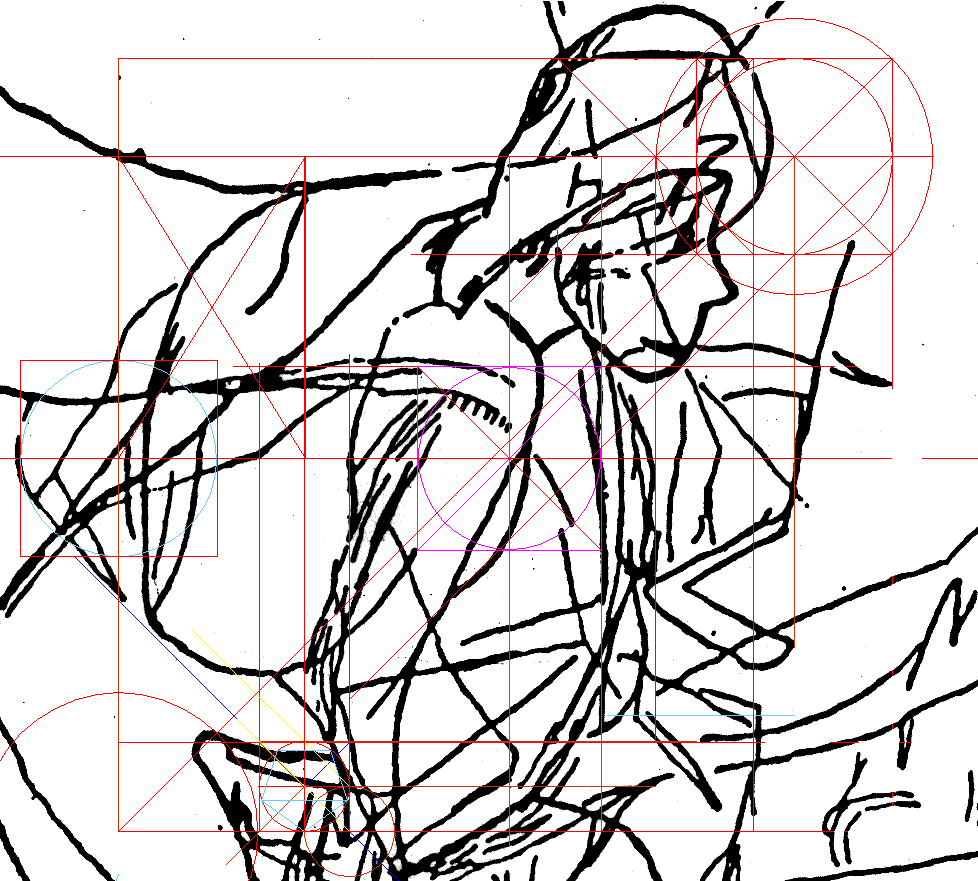
Encouraging Observations:
* Each pyramid has a side that coincides over some distance with an edge of an engraved line.
* Extended sides, axes, and diagonals coincide with engraved lines.
* For example, the right side of the Second Pyramid follows an engraved line, and when extended, engraved lines dip in and out of sight on its course.
* Its diagonals clearly relate to the ends of engraved lines in both left corners of the pyramid.
If we move the Third Pyramid (G3) straight down a little, it will dock in a well fitting pocket.
A question pops up: Is it really on its way in or out of the pocket?




 *
*

















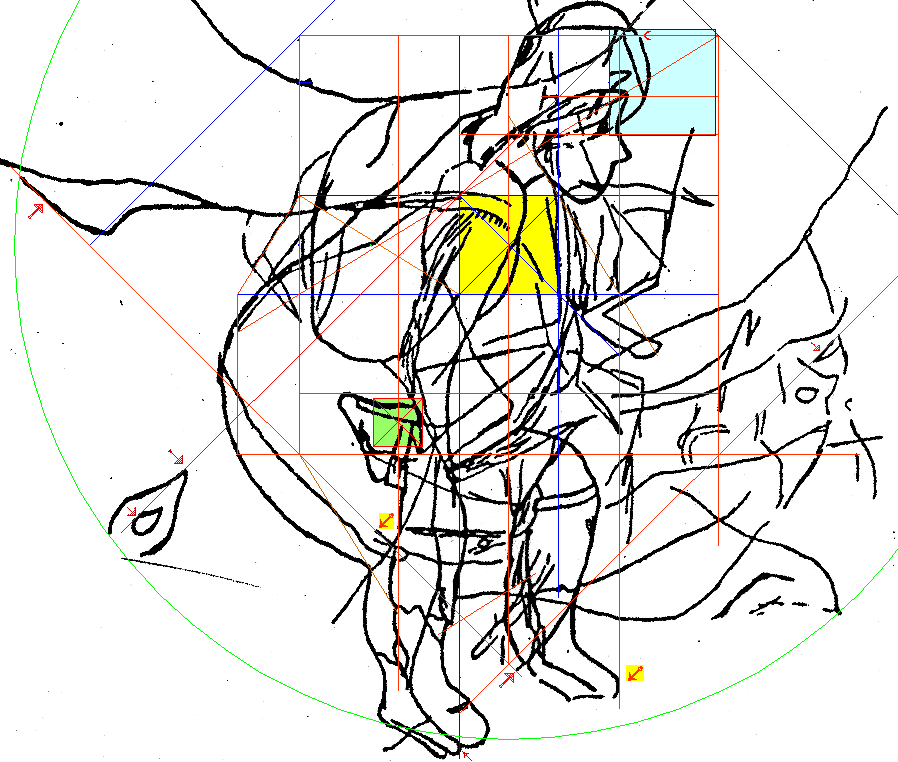
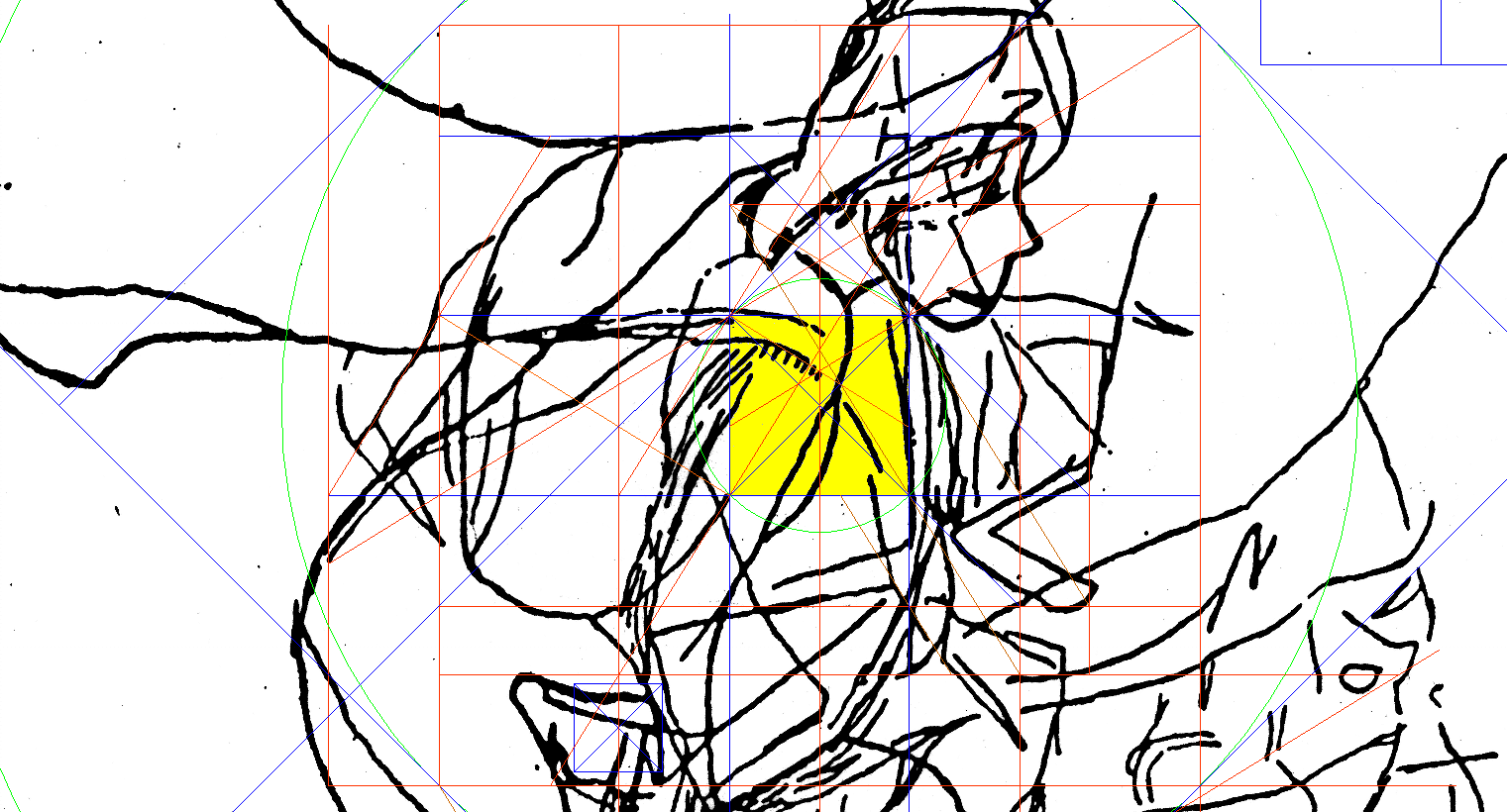

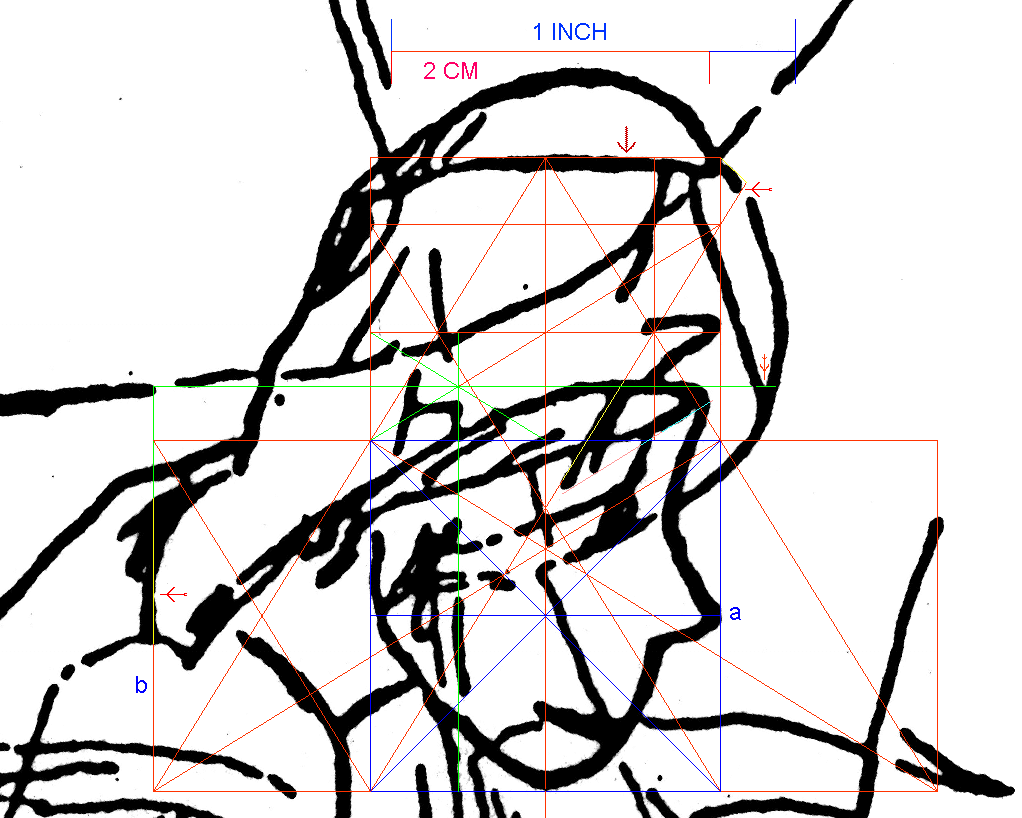










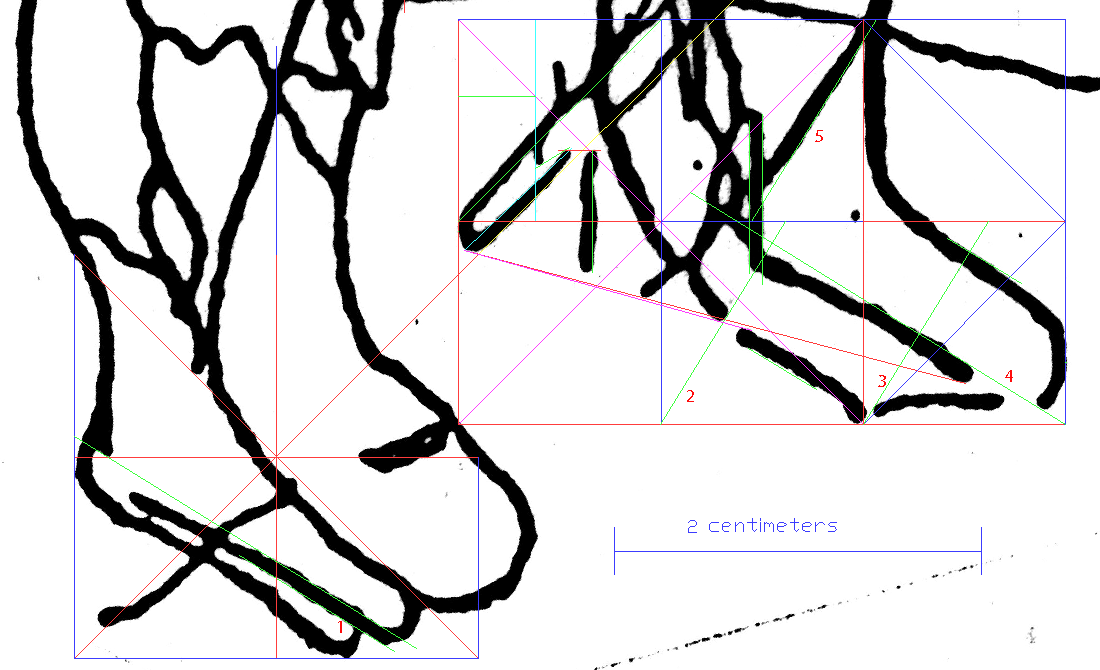

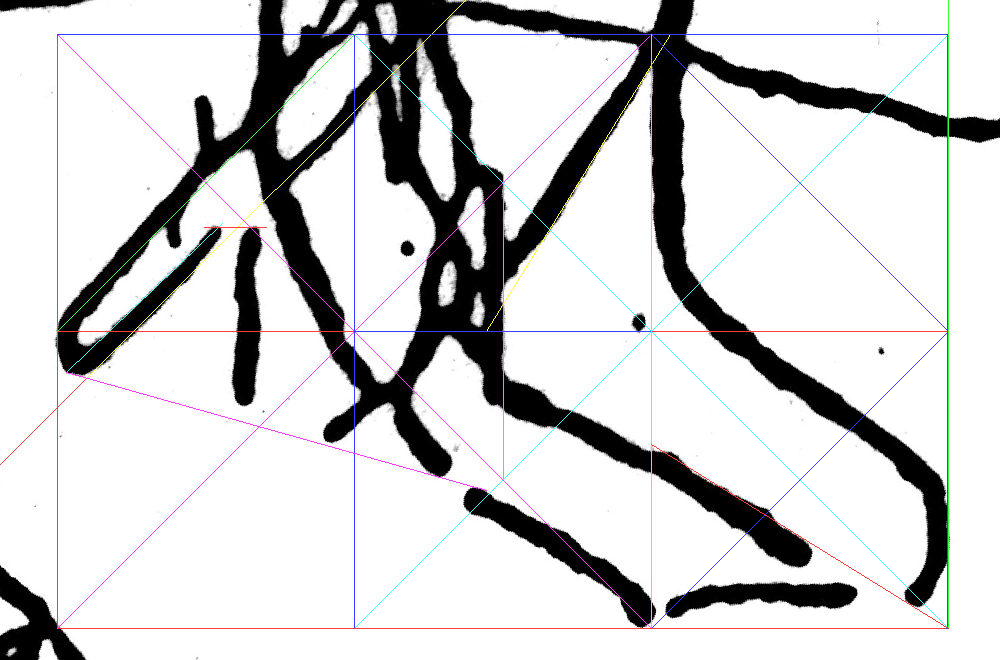






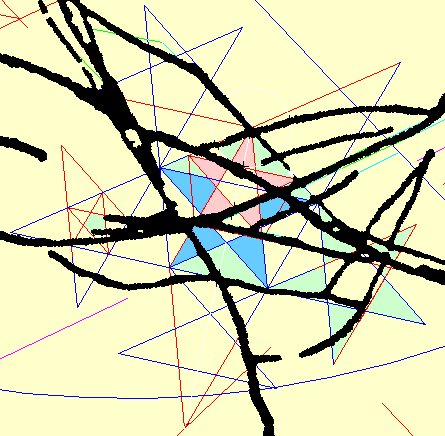





 Even
Even